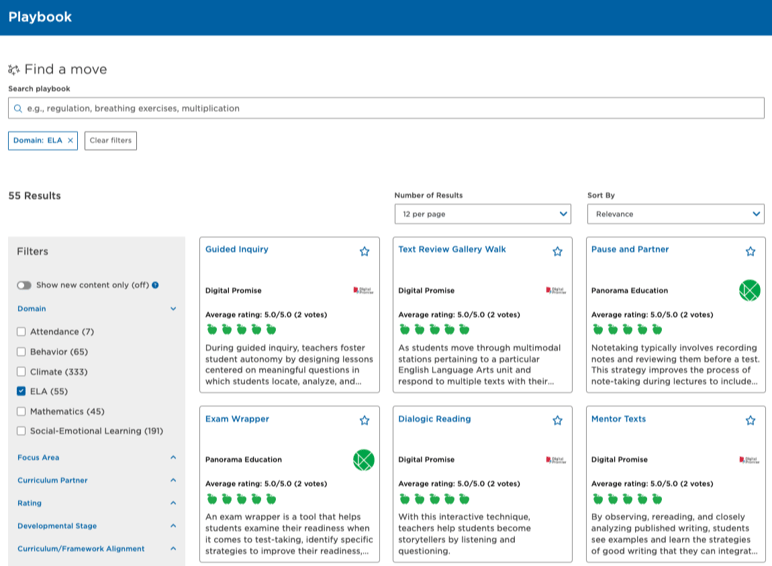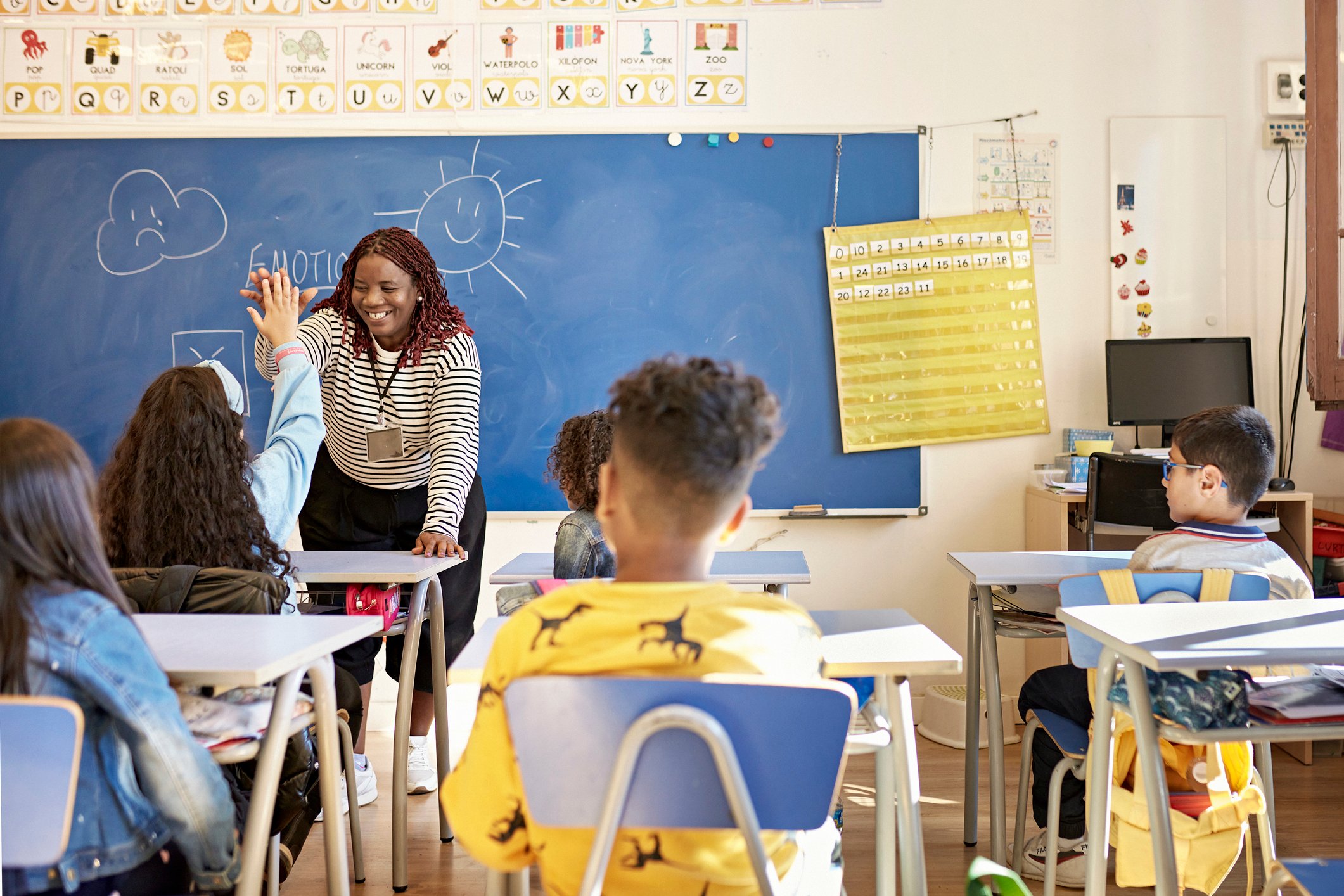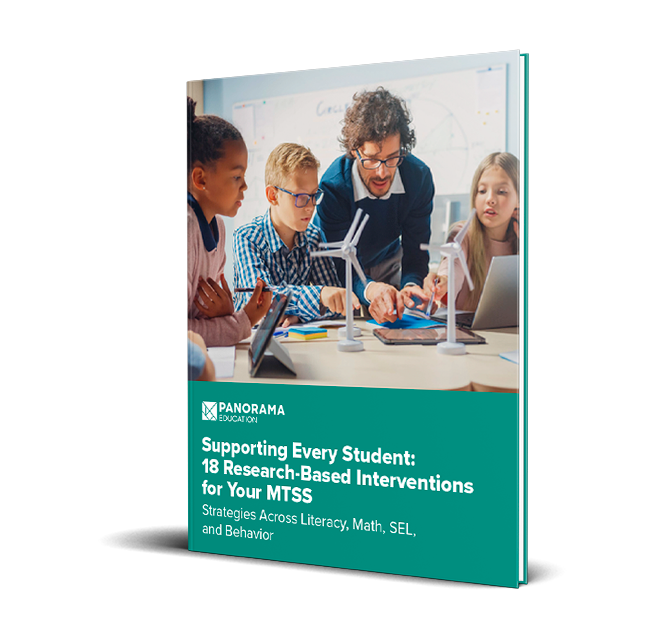Whether you are working with a Multi-Tiered System of Supports (MTSS), Response to Intervention (RTI), or Positive Behavioral Interventions & Supports (PBIS) framework, access to quality, research-based strategies is crucial to student success across academics, behavior, and life skills.
In this post, we share 5 steps to follow when creating an intervention menu for your school or district. Watch and learn how to align your Student Support Team around a set of MTSS intervention strategies that everyone can be invested in.
An intervention menu is a library of interventions that Student Support Teams use to deliver consistent, targeted support to students.
What is an Intervention Menu?
An intervention menu is a library of interventions that Student Support Teams use to deliver consistent, targeted support to students.
Strengthen Your District's MTSS Intervention Library With 18-Evidence Based Strategies (Free PDF Download)
How to Build a Tiered Intervention Menu
First, let’s review the tiers of a student support system. These levels of support can be part of an MTSS, RTI, or PBIS framework.
- Tier 1 includes universal, school-wide supports for students across life skills, behavior, and academics. All students receive Tier 1 interventions, which can include core instruction standards and behavioral strategies like behavior-specific praise.
- Tier 2 consists of additional support or classroom adaptations for struggling students. Schools should aim to have only some students receiving Tier 2 interventions, as small groups or individual students.
- Tier 3 includes more intensive interventions for students who are not responding to Tier 2. Schools should aim to have very few students receiving Tier 3 supports.
Students can be receiving supports in more than one tier at a time—a student could be receiving both a Tier 2 math support and a Tier 3 behavior support at once. However, if you are noticing that most of your students are receiving Tier 2 and Tier 3 interventions, it could be time to reevaluate your Tier 1 practices to ensure that students are getting the baseline support that they need.
1. Take stock of the support practices already in place at your school.
In order to understand where you need to go, it’s important to have an idea of where you’re starting. You may have a collection of formal intervention strategies, or you may be using practices that you don’t even realize are interventions.
Take some time to think about what strategies are already in place. It can be helpful to visualize how your district organizes MTSS. Some districts use either a right-side up or inverted pyramid.
.png?width=570&height=299&name=Zero%20Click%20LinkedIn%20Social%20Graphics%20(2).png)
An example of the MTSS pyramid
Jot down the support practices that come to mind next to each tier. As you make your list, consider the following questions:
- Do you have more interventions in one tier than the others? For example, do you have many intervention ideas for Tier 2, but fewer in Tier 1? Ideally, you will have many universal supports for Tier 1, some for Tier 2, and fewer for Tier 3.
- Do you have interventions in each domain? While you want the menu to be organized by tier, your interventions should cover not only academics (specifically ELA and mathematics), but also behavior, attendance, and life skills.
- Do you have interventions for students at each grade level in your school or district?
2. Narrow down that list and get clear on the highest priority interventions.
Once you’ve taken stock of your strategies, the next step is to refine that list. Even if your team has a huge set of intervention strategies, we recommend having fewer, higher-quality interventions—perhaps three to four strategies for each domain: life skills, ELA, mathematics, attendance, and behavior. Put a star next to the must-have interventions that will definitely make the cut.
Schools and districts that partner with Panorama can access Playbook, a collection of 500+ strategies and interventions that span all MTSS tiers and each developmental stage (K-12). Get a sneak peek at 18 of our favorite interventions from Playbook with this toolkit of MTSS interventions.

With Playbook, educators can access a library of high-quality strategies across ELA, mathematics, behavior, and SEL.
3. Consider new intervention ideas.
Now think beyond the list you’ve made. For example, maybe your list is heavy on academic interventions, but you are less familiar with PBIS interventions. Do some research into strategies that other schools are using to balance out your menu, or dig into resources that share high-quality interventions.
It’s important to note that not every intervention is right for every district, school, or classroom—what works very well in one school may not work at all well in another. Figuring out which strategies are the best fit for your context may take some time, but it’s well worth the effort to ensure that you have a collection of effective, high-quality practices for your educators.
4. Train your team in using interventions effectively.
Now that you have your final list of intervention strategies, make sure that they are well-documented and easily accessible to the educators in your school, whether that is through a central document, a software platform, or physical copies.
Make a plan for training staff on implementing the interventions. Take time during staff meetings to review intervention guides, or create professional development opportunities for classroom teachers to learn together in small groups or asynchronously. If educators don’t know how to use the strategies, they won’t be as effective in supporting students. Interventions are only as effective as their implementation.
5. Collect and review data, making changes as needed.
A key component of MTSS is data-based decision-making, and that applies to your intervention menu. Starting with a common toolkit of strategies and shared language for staff is essential, but your menu can and should continue to evolve to meet student needs.
Take a look at your data at the district, school, and student levels and consider the following questions:
- Do you notice any trends in student responses to interventions? Does progress monitoring data show some interventions to be more effective than others?
- Look at school- and district-wide trends. What do these tell you about the Tier 1 supports in place in each domain?
- Are there any interventions that seem to be serving students particularly well?
- Are there any interventions that seem to be less effective than you had hoped?
Use your learnings to periodically review your intervention menu. You can remove interventions that aren’t serving their purpose, and add new ones to try that may be more effective.
Next Steps for Your MTSS
If you use Panorama's MTSS tools, you can customize your school or district's intervention menu in the platform so that staff can select and log intervention plans for students from a central library. Keep track of how those interventions are working with real-time progress monitoring and data collection dashboards to quickly adapt your strategies based on how students are responding.






